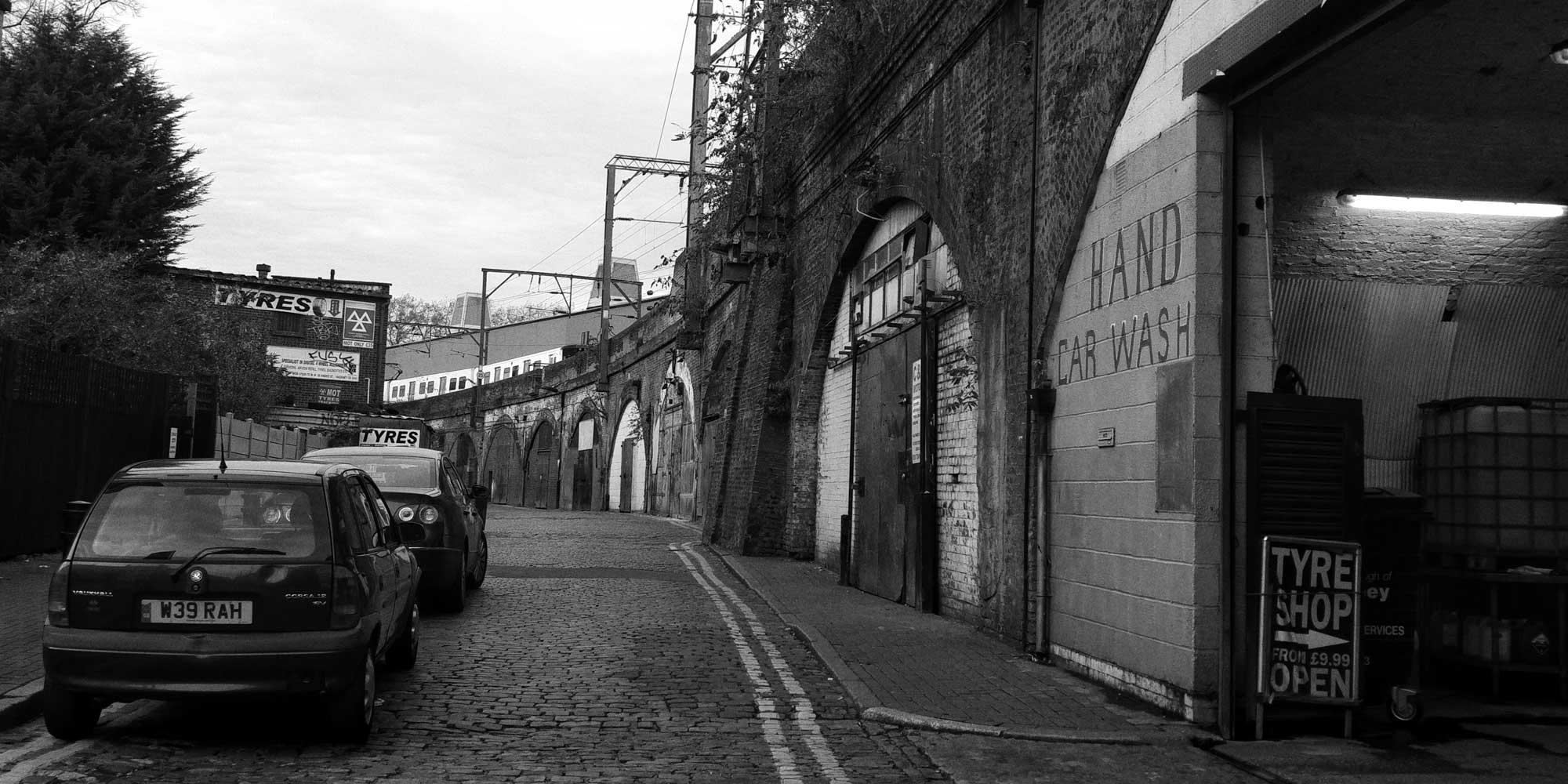Sunday, 26 September, 2021
Skipping over #blogsihaventgottoyet and onto the enjoyable events of a few days ago.
On Friday, I decided that I was finally going to Whitechapel Station – for some time it’s been under renovation in preparation for Crossrail, the Elizabeth Line. In 2016 they built a temporary entrance that was off the high street and over a narrow pedestrian bridge on Court Street. It made the station less attractive for me since this meant, as an overground rather than underground passenger, I had to walk quite a distance underground to find myself on the street or from the street back to my homeward train. The main entrance was blocked with hoarding and unavailable.
Crossrail construction itself has been going on since 2009. They hope to have the Elizabeth Line operating in the early months of 2022.
I heard only a couple of weeks ago that the station was almost complete and that you could now get in through the original entrance. I made a plan to check it out as soon as I could.


My route is an easy one. A short bus ride (for me as a non-walker, although it’s not very far away) to Dalston Junction overground station, then just four stops to Whitechapel – a journey of perhaps ten minutes. The train wasn’t crowded and I was entertained by a lady and her daughter, the latter who performed a great trick of hanging by her hands from two overhead straps for a while (I didn’t capture that one!). I felt a bit dreamy and at first got off at the wrong stop, confused by it looking familiar and not new at all. Back on the next train and on to Whitechapel.




Everything was shiny and new. It had the familiar overground vibe. Light, spacious, cathedral like but also like the turbine hall at the Tate (don’t know why I think so, but this just means it’s slightly cavernous for its purpose – but not overly so). I liked when I came up the stairs how there was a long semi-elliptical window at the top – on the left were some modern low rise flats and on the right the backs of the sooty old buildings that make up the storefronts of Whitechapel High Street. An interesting contrast, as usual.







There are a lot of entry/exit gates and a spacious ticket hall and then you’re out onto the high street. Happily, the original Victorian façade from 1876 has been cleaned and repaired rather than replaced. And for some reason I didn’t take photo of that entrance so that will come later. I’ve also read that there’s a new exit on Durward Street, another thing to look for.
You exit to the bustling market which was called Whitechapel Waste when I was growing up. Out there, the vendors vended, the shoppers shopped, the walkers walked, as if nothing had changed – and it hasn’t really. For now at least this part of Whitechapel is as it always was, changing only with the change of immigrants dominating the area. They bring in their own shops, clothing, food, and ambience. It’s busy but the Bangladeshi and Bengali people aren’t shouty like their Jewish and cockney predecessors.




Ambala for some samosas and one new sweet to try. I’ve forgotten its name. To Shalamar for three kebabs and one little lamb samosa for my lunch. To the Naanstop, ignoring the useless naan, for a masala chai and a salted caramel cheese in a little glass (expensive but I found that out only as he was ringing in the cost for me. Anyway, done. I walked over to the Royal London Hospital – the new complex of buildings – passing the old, boarded up buildings and the old churches and homes in the shadows of the tall new blocks. In front of one of the ophthalmology building is a statue which has been moved here from the older complex. There’s a seat built into its base on all four sides so I chose the empty one and sat down with my tea and two snacks. It was quiet back there away from the main road. It was also a sunny, pleasant day and I enjoyed the calmness of it all.

Continue reading “Moving – the new Whitechapel station and the Hackney Half marathon”


































































